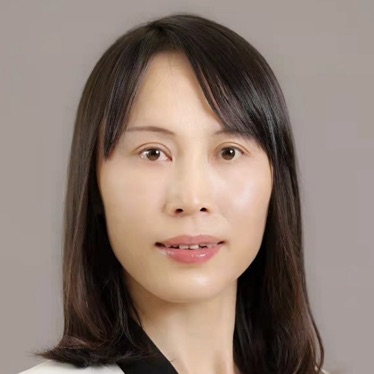May 2025 | Volume 26 No. 2
Reading Between the Lines
The team led by Professor Shelley Tong Xiuli from the Faculty of Education have published an original theory that bridges language skills and reading comprehension, and developed an innovative programme to help Chinese-English bilingual children with reading difficulties.
“We embarked on this research because reading comprehension is a foundational learning skill for bilingual children,” said Professor Tong. “It is even more crucial in our current information/AI age because children are constantly exposed to large amounts of information every day.
“Solid reading comprehension and critical literacy skills enable children to navigate our data-saturated culture efficiently and differentiate false rhetoric from evidence-based information. Without a deep-level understanding of text, children will be less likely to think deeply.”
The team’s research began in 2011 and included three longitudinal studies involving high levels of community engagement with school-age children and their parents. With no available standardised means for determining levels of reading comprehension, Professor Tong’s team created Chinese and English comprehension tests that used both cutting-off scores and regression approaches to identify children with reading comprehension problems.
“We spent 15 years researching bilingual reading comprehension,” Professor Tong explained. “Our work has formulated an original theory – the prosodic catalysing hypothesis (PCH) – which is the first to explicitly recognise that reading comprehension involves both perceptual and production processes that require active interaction between children and texts. PCH is simple and elegant, and is going to influence the direction of reading comprehension intervention.”
She emphasised that reading comprehension is important because most learning relies on the comprehension or understanding of the meaning of the text. According to previous studies, approximately 10 per cent of school-age children experience reading comprehension difficulties.
“We refer to them as ‘poor comprehenders’,” said Professor Tong. “These children can read each word aloud, but they cannot fully comprehend the meaning of the connected text. In Hong Kong, poor comprehenders have not been officially recognised nor clinically identified. My work shows why it is necessary to identify these children at an early age, and provide timely intervention.”
PCH has profound theoretical, clinical and educational implications. Previously, almost all reading and reading comprehension theories were developed based on alphabetic languages. Until now, research on Chinese children’s reading comprehension development and difficulty has largely focussed on replicating or adopting existing theories.
Optimising instruction
“This previous work is informative and incremental, but not innovative,” said Professor Tong, adding that her team’s work has a wide-ranging impact. “At the pedagogical level, PCH has implications on how to optimise the instruction for supporting reading comprehension in two distinct languages, that is, Chinese and English.
“Specifically, my work demonstrates that prosodic reading – reading aloud the text with rising and falling voice, and with shorter and longer pauses within and between sentences – can enhance reading comprehension, especially for second language English. Prosodic or expressive reading is fun and entertaining. Children act out the characters by using appropriate pitch and pauses for correct semantic and syntactic emphasis. This requires them to chunk connected texts into smaller syntactic units.”
This process directs their attention to morphological and syntactic cues, enabling them to apply what they have learnt from speech comprehension to reading comprehension. Thus, prosodic reading acts as a ‘catalyst’ for expediting the connection between spoken language and text reading, facilitating children’s transition from word-by-word reading to reading in meaningful phrases and sentences.
The research team also developed innovative assessment techniques and remedial interfaces based on their extensive research. They are currently validating these materials with children of different ages with diverse neurodevelopmental conditions, including autism and dyslexia.
International aspect
Professor Tong’s contributions to the field of bilingual reading have been internationally recognised. She is an associate editor of Scientific Studies of Reading, the flagship journal of the Society for the Scientific Study of Reading, and is also a founding member of UNESCO’s Global Alliance on the Science of Learning for Education.
“I feel privileged to work with leading scientists and educational practitioners to promote foundational learning abilities, including reading, maths and social-emotional skills, at the global level,” she said. In 2024, she was invited to contribute a chapter titled ‘AI to the rescue: Helping children at risk for dyslexia surmount educational barriers’ to UNESCO’s ‘Insights from the science of learning for education’ compendium.
In Hong Kong, the research team are leveraging AI for intelligent diagnosis and remediation of children with dyslexia or autism. Recently, they developed Intelligent Dyslexic Interface Design, a patented integrated strengths-deficit-based assessment and intervention for bi/multilingual children at risk for developmental dyslexia.
“Our aim remains the same,” said Professor Tong. “We promote early identification, prevention and intervention for children struggling with text reading comprehension. Timely remediation is key. We are at the forefront of using AI technology to create intelligent tools for ameliorating reading comprehension difficulties experienced by bilingual children in Hong Kong and beyond.”
Without a deep-level understanding of text, children will be less likely to think deeply.

Professor Shelley Tong Xiuli

